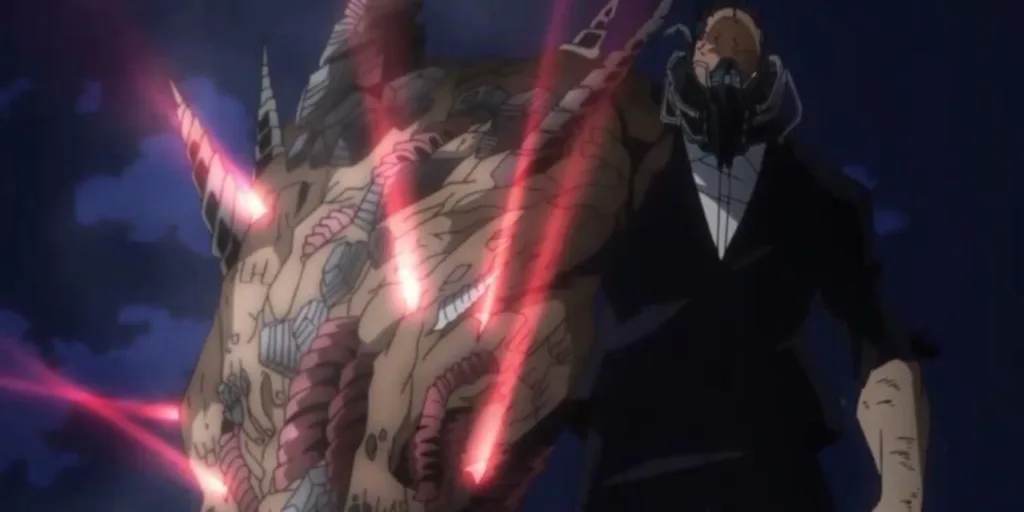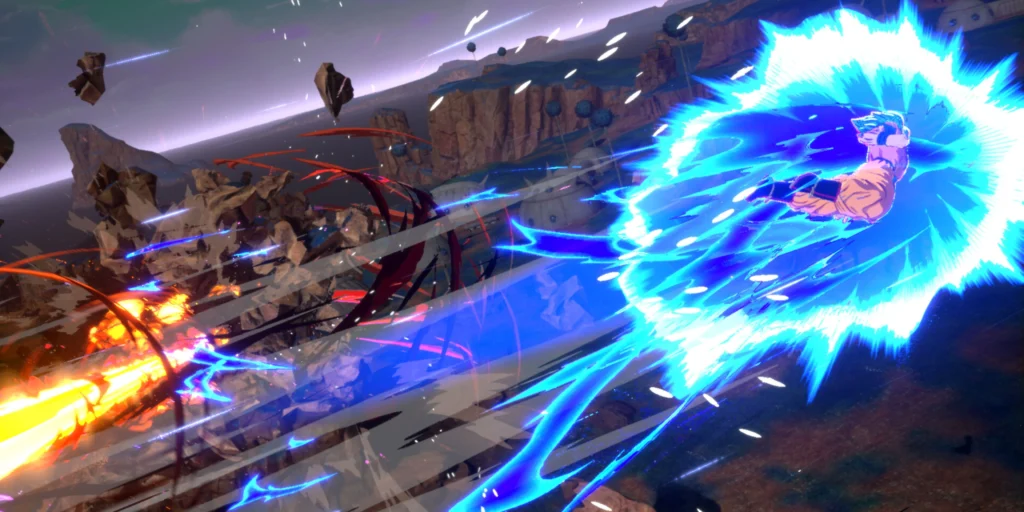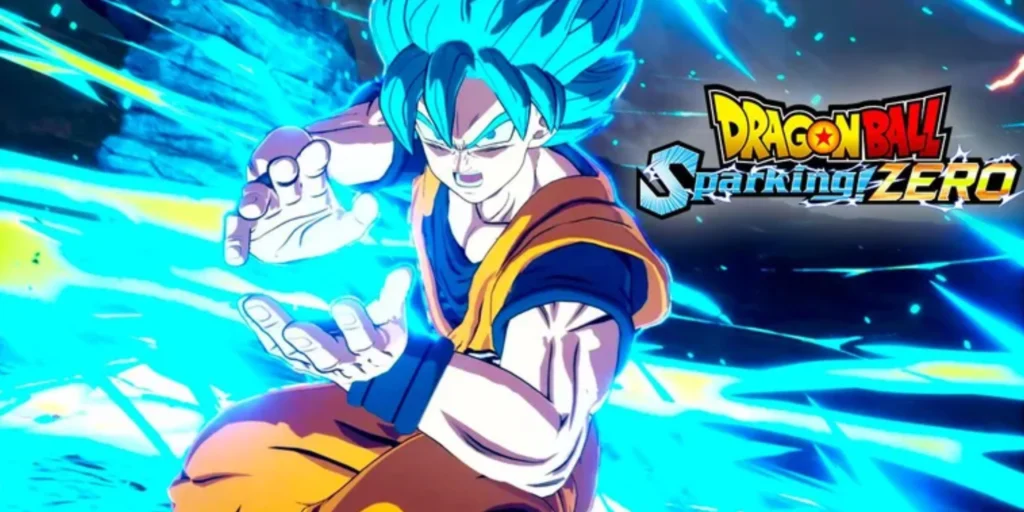
Table of Contents
Following the Triumph of SK8 The Infinity, Hiroko Utsumi is Back with a New Original Anime

This time, she shifts focus from skater boys to delinquent boys and genies. The question is, can it match the anticipation built by her reputation and previous success? Since it’s just the first episode, I’ll have to wait and see if it can live up to the greatness of SK8
First Impressions: Zaniness and Unexpected Twists
I enjoyed the initial episode. It maintains the characteristic zaniness inherent in Hiroko Utsumi’s style, where seemingly illogical premises find coherence. The plot follows Arajin Tomoshibi, who switches to a delinquent high school with the aspiration of securing a girlfriend and shedding his virginity. This leads him into the midst of school gang conflicts. The narrative takes an unexpected turn when he encounters a djinni eager to fulfill his desires. However, the genie imposes the condition of granting him tremendous strength in exchange for fulfilling his wish.
Arabian Nights Influence: Cultural Elements and References

The anime is rich with references to Arabian Nights, evident not only in the concept of djinns and wishes but also in the cultural elements. Arajin’s character draws inspiration from Aladdin, originally depicted as a Chinese boy in the Arabian Nights stories. This influence is reflected in Arajin’s Chinese-themed attire and his family’s restaurant, which is Chinese. Additionally, the setting showcases Arabian-inspired architecture, adding a creative layer to Utsumi’s interpretation.
Diverse Character Dynamics: From One-Dimensional to Standouts
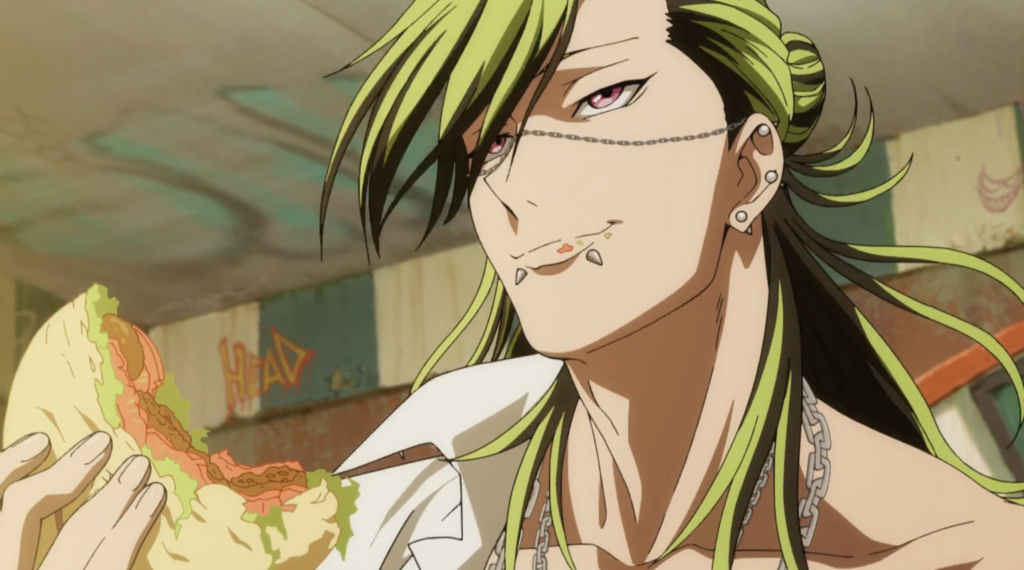
While the specifics of other Arabian Nights stories may not be clear, it’s evident that Utsumi’s incorporation of cultural elements adds depth and uniqueness to the narrative, making it an intriguing exploration of Arabian Nights themes within a distinct context.
Adorable Surprises: Djinn’s Unexpected Charm
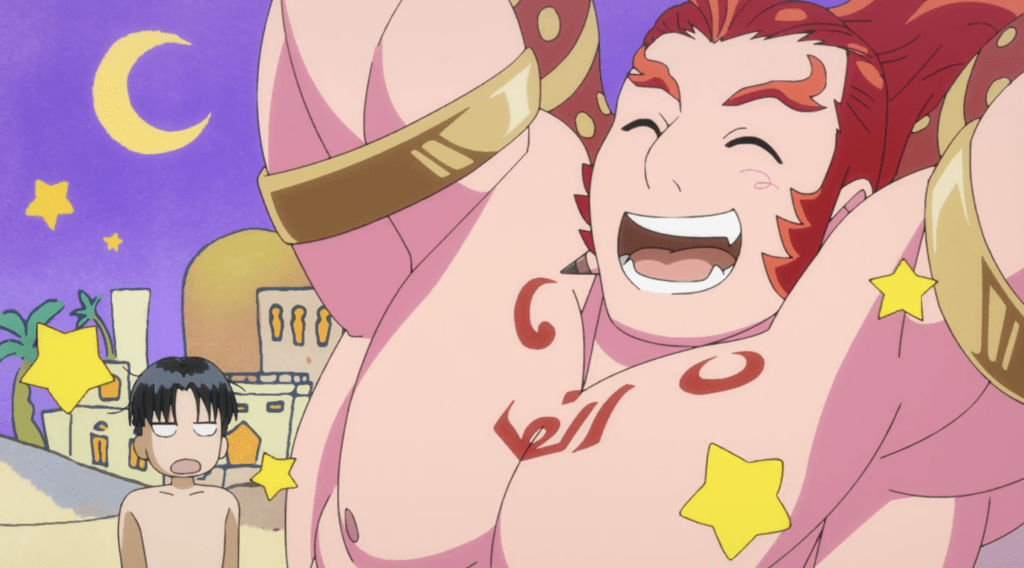
Navigating through the plethora of characters can be a bit overwhelming, but I’m enjoying what I’ve seen so far. Arajin may appear somewhat one-dimensional initially, with his primary focus on pursuing romantic endeavors, but there might be more to his character, especially when he’s with Matakara. Matakara, akin to Makoto Tachibana, is the amiable, muscular childhood friend who reunites with the black-haired MC after a five-year separation. In Utsumi’s storytelling style, nice guys like Matakara tend to consistently exhibit kindness.
Departure from the Norm: A Female Lead and Unique Storytelling
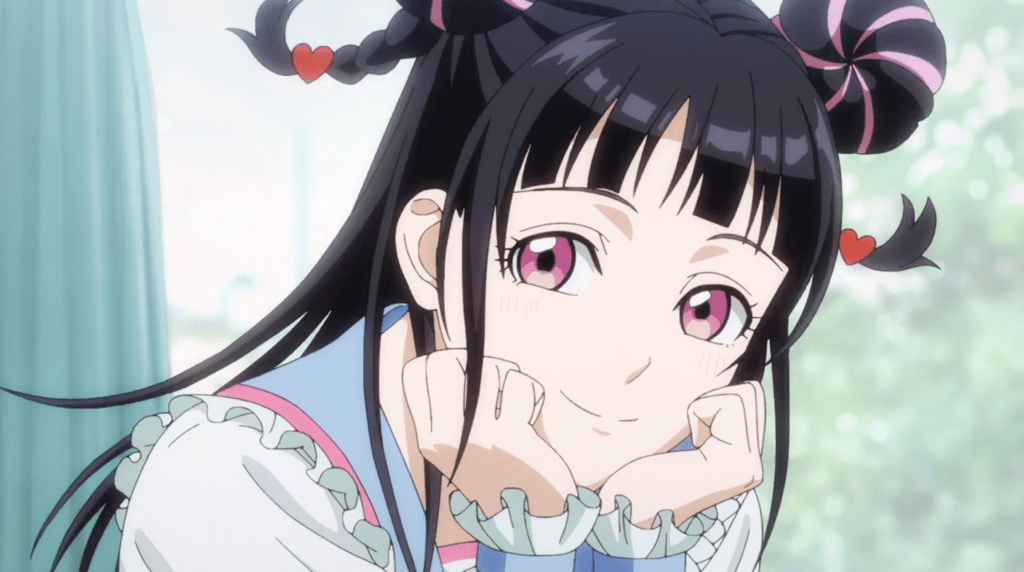
While some of the characters seem a bit one-note initially, the expectation is that their complexity will unfold over time. The character Marito, exuding a sultry vibe, has captured particular interest. However, the standout character so far is Arajin’s mother—adorably cute and an embarrassingly loving parent, bringing a delightful dynamic to the narrative. It will be interesting to witness how these characters evolve as the story progresses.
Surprisingly, the Djinn Turned Out to Be Much Cuter Than Anticipated
The initial trailers portrayed a hulking, serious spirit, but in reality, he’s quite adorable. His demeanor is unexpectedly chill and friendly; he even hangs around Arajin and watches TV in his house. This unexpected charm has positioned the djinn as a potential dark horse for being a standout character. The contrast between his appearance and his endearing personality adds an extra layer of charm, making him a delightful and unexpected highlight in the series.
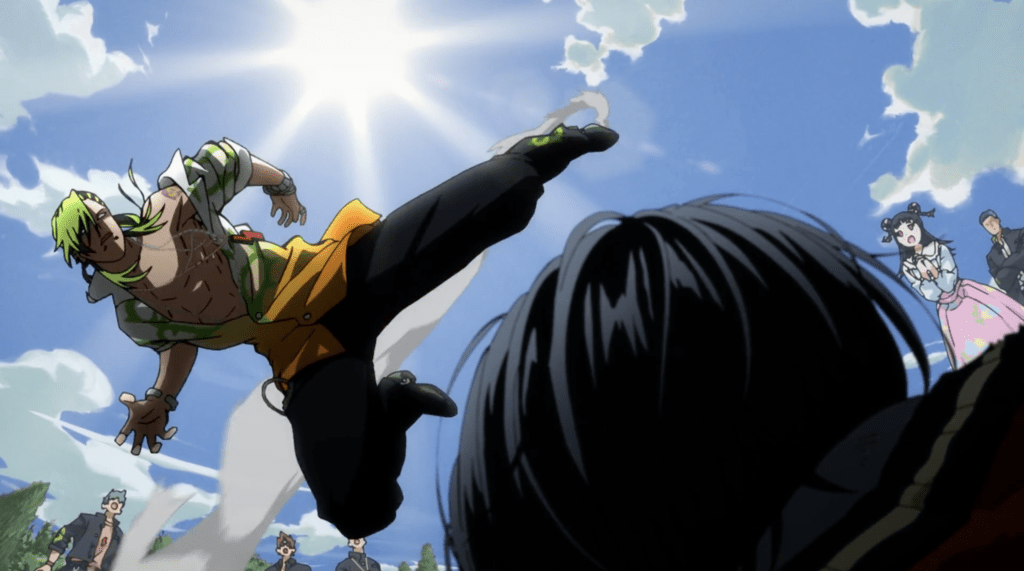
It’s indeed surprising that Utsumi has opted for a female lead or heroine in this story, marking a departure from her usual preference for shows with strong ‘fujo-bait’ elements. In her previous works like Free, where female characters are present but not central, and Banana Fish, where a male character (Eiji) could be seen as the heroine, or in SK8, where females are mainly supporting characters in a predominantly male-centered narrative.
Animation Excellence: MAPPA’s Commendable Work
The introduction of Mahoro as a significant character and the main focus in the ending is a notable shift in Utsumi’s storytelling approach. Mahoro’s importance raises curiosity about the extent of her role, especially considering her unique characterization as a sadistic brother complex who finds pleasure in her brother Marito’s protective actions against potential suitors. It will be interesting to see how Utsumi develops and integrates this heroine into the overarching narrative of the series.
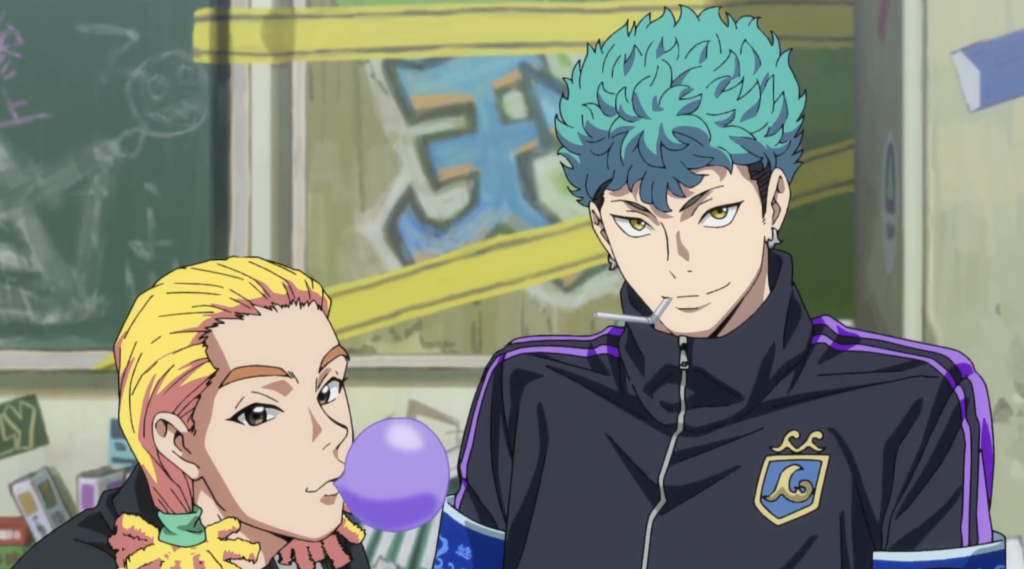
Given that this anime is animated by MAPPA, the animation quality is commendable. However, your concern for the well-being of the animators is valid, as workplace abuse is a significant issue. It’s crucial to ensure a healthy and supportive working environment for the creative team.
Fan Service and Dynamic Action Scenes: Reflection of Utsumi’s Distinctive Style
The animation itself is characterized by an over-the-top style, effectively capturing the essence of the narrative. The fight sequences are particularly well-executed, showcasing the studio’s proficiency in handling dynamic action scenes. Additionally, the classic Utsumi fan service makes its appearance, with a notable emphasis on details like Matakara’s back muscles, reflecting her distinctive stylistic preferences. Overall, the animation quality contributes significantly to the overall appeal of the anime.
Voice Actor Ensemble: A Mix of New Faces and Seasoned Veteran
The choice of voice actors in this anime is indeed surprising, as it features a mix of both new faces and seasoned veterans. While some, like Anna Nagase, bring fresh talent to the cast, others may not be widely known. For instance, Genki Okawa, who voices Arajin, has some experience, notably in Yugioh Zexal as Mizael, but may not be considered a big name in the industry.
Veteran Presence and Hope for Recognition
On the other hand, the inclusion of renowned veterans adds a layer of familiarity to the cast. Nozomu Sasaki, known for voicing characters like Johan Liebert from Monster, Eriol Hiiragizawa from Cardcaptor Sakura, and Yusuke Urameshi from Yu Yu Hakusho, brings a wealth of experience to his role as Marito. Additionally, big names such as Kappei Yamaguchi, Makoto Furukawa, and Ryota Takeuchi contribute to the ensemble, although specific character details remain unclear due to the numerous introductions at the beginning of the series.
The Bias of Fandom: Expectations and Appreciation for Utsumi’s Works

Being a big fan of Hiroko Utsumi’s works might introduce a hint of bias into your review, but it’s evident that her creations consistently captivate your interest. The expectation for entertainment is high, given her track record. While personal preferences play a role in shaping one’s opinion, it’s clear that you appreciate the unique and engaging aspects of her storytelling.
FAQ: Hiroko Utsumi’s New Anime Journey
Q1: what is hiroko utsumi’s latest project after SK8 The infinity?
Hiroko Utsumi returns with a new original anime, shifting focus from skater boys to delinquent boys and genies.
Q2: How does the first episode fare in comparison to her previous success with SK8?
Initial impressions are positive, but the question remains whether it can live up to the greatness of SK8.
Q3: What characterizes the storytelling style in the first episode?
The episode maintains Utsumi’s characteristic zaniness, where seemingly illogical premises find coherence. The plot revolves around Arajin Tomoshibi’s pursuit of romance in a delinquent high school, leading to unexpected encounters with a djinni.
Q4: What cultural elements are woven into the narrative?
References to Arabian Nights are abundant, influencing not only the concept of djinns and wishes but also cultural elements. Arajin’s character draws inspiration from Aladdin, reflecting in his Chinese-themed attire and family’s Chinese restaurant.
Q5: How are the characters introduced in the first episode?
While initially some characters may seem one-dimensional, the expectation is that their complexity will unfold over time. Standout characters include Matakara, Marito, and Arajin’s mother.
Q6: Is the djinn character surprising in any way?
Yes, the djinn turns out to be much cuter than anticipated, with unexpected charm and a demeanor that contrasts with his hulking appearance.
Q7: What is noteworthy about the female lead in this anime?
This anime departs from Utsumi’s usual preference for shows with ‘fujo-bait’ elements by featuring a female lead named Mahoro. Her unique characterization adds an intriguing dynamic to the story.
Q8: How is the animation quality in this anime?
Animated by MAPPA, the quality is commendable. However, concerns for animator well-being are noted, emphasizing the importance of a healthy work environment.
Q9: Who comprises the voice actor ensemble in this anime?
The cast includes a mix of new faces and seasoned veterans. Notable names like Nozomu Sasaki and Kappei Yamaguchi contribute to the ensemble.
Note: The answers in this FAQ are based on the provided paragraph, and additional context from the full review may provide more nuanced information.
